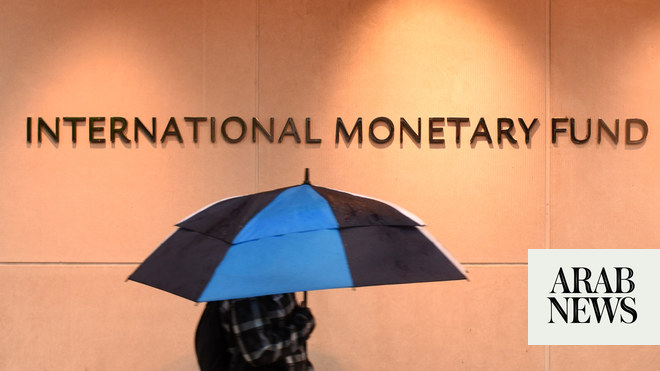
WASHINGTON, Oct 21 (Reuters) - Energy prices are expected to inch up in 2022 after surging more than 80% in 2021, fueling significant near-term risks to global inflation in many developing countries, the World Bank said in its latest Commodity Markets Outlook on Thursday.
The multilateral development bank said energy prices should start to decline in the second half of 2022 as supply constraints ease, with non-energy prices such as agriculture and metals also expected to ease after strong gains in 2021.
"The surge in energy prices poses significant near-term risks to global inflation and, if sustained, could also weigh on growth in energy-importing countries," said Ayhan Kose, chief economist and director of the World Bank"s Prospects Group, which produces the Outlook report.
"The sharp rebound in commodity prices is turning out to be more pronounced than previously projected. Recent volatility in prices may complicate policy choices as countries recover from last year’s global recession."
The International Monetary Fund, in a separate blog, said it expected energy prices to revert to "more normal levels" early next year when heating demand ebbs and supplies adjust. But it warned that uncertainty remained high and small demand shocks could trigger fresh price spikes.
The World Bank noted that some commodity prices rose to or exceeded levels in 2021 not seen since a spike a decade earlier.
Natural gas and coal prices, for instance, reached record highs amid supply constraints and rebounding demand for electricity, although they are expected to decline in 2022 as demand eases and supply improves, the bank said.
It warned that further price spikes could occur in the near-term given current low inventories and persistent supply bottlenecks. Other risk factors included extreme weather events, the uneven COVID-19 recovery and the threat of more outbreaks, along with supply-chain disruptions and environmental policies.
Higher food prices were also driving up food-price inflation and raising questions about food security in several developing countries, it said.
The bank projected crude oil prices would reach $74/bbl in 2022, buoyed by strengthening demand from a projected $70/bbl in 2021, before easing to $65/bbl in 2023.
The use of crude oil as a substitute for natural gas presented a major upside risk to the demand outlook, although higher energy prices may start to weigh on global growth.
The bank forecast a 5% drop in metals prices in 2022 after a 48% increase in 2021. It said agricultural prices were expected to decline modestly next year after jumping 22% this year.
It warned that changing weather patterns due to climate change also posed a growing risk to energy markets, potentially affecting both demand and supply.
It said countries could benefit by accelerating installation of renewable energy sources and by cutting their dependency on fossil fuels.











